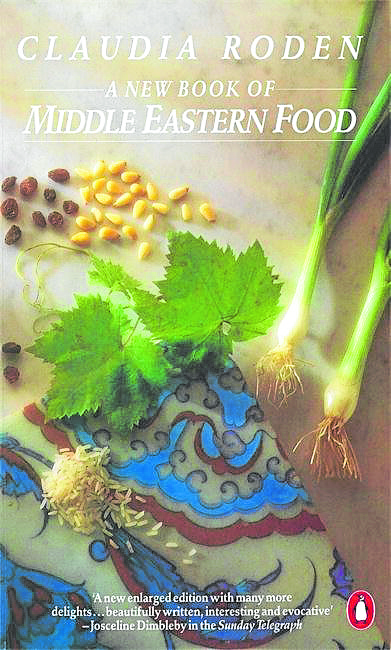
Travel stories should always make some mention of local food. Food, as we all know by now, says something of the culture and environment of the place.
Ibn Batutah (IB) is considered the greatest Arab traveler; his 30-year journey in the 14th century brought him to most of the Islamic world in Central Asia, Southeast Asia, China and India.
IB was from Tangiers, Morocco, and in “Travels with a Tangerine” (Random House, 2004), Yemen-based British writer Tim Mackintosh-Smith retraces the “Tangerine’s” medieval age travels.
In the chapter on Alexandria, Mackintosh-Smith delved into the food of the port city of Damietta in Egypt. “Damietta was one of the culinary high points of (IB’s) travel,” the British author wrote.
All the food that IB praised in Damietta had to be experienced by the author. He started with quail that IB described as exceedingly fat. But the cook said wild quail wasn’t in season and he would not cook farmed quail. Luckily, Mackintosh-Smith was able to find a recently netted quail at the souk. Quails that migrated were caught with a net and so plentiful that “people on the coast could net them right at their doorstep.” The quail was cooked “stuffed with onions, garlic, hazelnuts, sultanas and cumin on a mound of rice surrounded by stuffed cabbage leaves, stuffed baby marrows (akin to zucchini), tahinah and pickles.”
Dessert
Dessert for IB was kanafah, made with buffalo milk cheese with layers of fine semolina that Mackintosh-Smith described as sweet vermicelli. Mackintosh-Smith, however, had buffalo cheese with rice pudding and sultanas.
Going about town, Mackintosh-Smith decided to try fissikh, which he described as “fish left in the sun until they blow up, then gills stuffed with salt, [then] after eight days the fish are put in a barrel of brine.” The smell was “miasmic,” according to Mackintosh-Smith.
The other specialty that IB liked was buri or gray mullet (our banak), whose roe is a delicacy. It is salted, pressed, sun-dried then dipped in wax. The processed roe is called batarikh, similar to the French boutargue and the Sardinian bottarga.
Mackintosh-Smith mentioned Alan Davidson of the “Oxford Companion to Food,” whom he described as “the doyen of ichtyophages” and who suggested eating buri roe “sliced thinly, pour dressing of olive oil, lemon juice and pepper.”
To bring those dishes to more modern times, we looked through “A New Book of Middle Eastern Food” by Claudia Roden (Penguin Books, 1970). Roden was born in Cairo, Egypt, and her family was Syrian Jewish. She settled in England.
Her quail recipes included grilled, cooked with grapes, or sautéed simply with onion and garlic then flavored with cinnamon, salt and pepper. But she did confirm that quails migrate to Alexandria and then are caught in nets easily because they are exhausted from their flight.
Roden has a thick chapter on Middle East desserts. The kanafah isn’t in the book, but the milk cream pudding, muhallabia, is, thickened with cornflour or ground rice.
Mackintosh-Smith finishes the Alexandria chapter by having beer with his batarikh at a bar. He thought of sharing it with a woman in a wedding dress but who was sitting alone. His last line will give you an idea of how engaging the British author is. He wrote how he “considered offering her a nibble of my batarikh, but prudence prevailed, and greed.”
Email pinoyfood04@yahoo.com